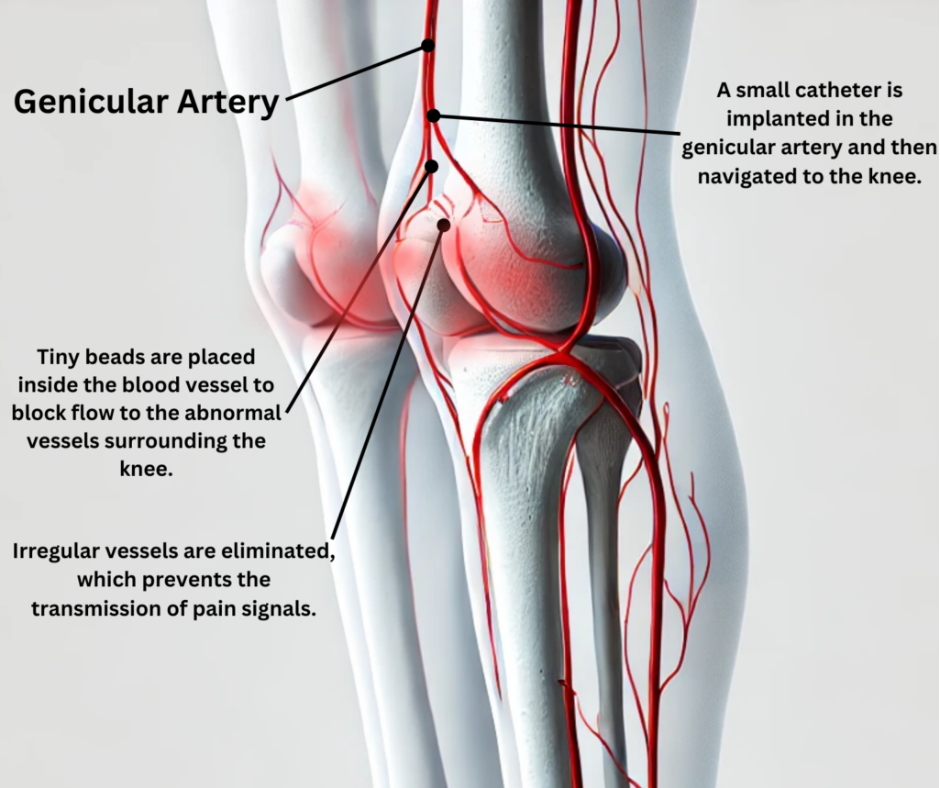Arterial Disease and knee pain
Aneurysm Repair
An aneurysm is an arterial dilation which can be life threatening. These can be repaired by open, or more often, minimally invasive approaches. Our office will monitor these aneurysms and repair them with the best approach if they reach a critical size.
Carotid atherosclerotic plaque can develop over time and is exacerbated by nicotine use. Our surgeons are proficient at open repairs as well as less invasive carotid stent placement known as TCAR.
Carotid Surgery
Leg Arterial Disease
Leg pain with walking, unrelenting foot pain with no injury and non-healing wounds can all be signs of lower extremity arterial plaque buildup. While most of these repairs use to be done with open bypass, the majority can now be done with minimally invasive approaches through the groin or even the foot.
AV Fistula Creation
All of our surgeons are proficient in creating upper extremity AV fistulas for patient who require long term dialysis access.
Knee pain
For patients with knee pain due to osteoarthritis who are not ready for a knee replacement, our office offers a minimally invasive approach to reduce or eliminate knee pain with little to no down time. This procedure is called a Genicular Artery Embolization and is done at our Vascular Institute.
Venous Disease
Varicose Veins
These are unsightly and often painful vein seen very superficially in the skin. Through ablation and foam treatment these can be treated easily with an in office procedure.
Spider Veins
Small wispy veins which are typically purple or blue seen superficially in the skin on parts of the leg and foot. Our office offers cosmetic treatments of these veins with a short in office treatment.
Venous Insufficiency
An underlying malfunction of the valves which leg veins use to bring blood back to the heart can cause aching, heaviness, swelling, skin changes and development of varicose veins and ulcers. Our minimally invasive ablation procedures can correct this during a short office procedure.
A narrowing of the proximal veins in the pelvis which can cause chronic lower extremity swelling and skin changes. These can frequently be corrected by a minimally invasive stent placement in the proximal veins.
Deep Venous disease and May Thurner
Chronic pelvic pain in women caused by dilated and congested veins in the pelvis. Through a minimally invasive approach these veins can be evaluated and treated.











